There is a popular saying in the chess world- E4 is best by test. This is one I will agree with, considering how rich the E4 opening is.
Of all the E4 openings, the Ruy Lopez is one of the most common. It is played at all levels, from beginner to Grandmaster.
In this article, we will examine three of the most common traps in the Ruy Lopez.
From the Mortimer Trap to the Noah’s Ark Trap and the Fishing Pole Trap, we will highlight how to outplay your opponents with precision using these traps.
What is the Ruy Lopez Opening?
Also popularly known as the Spanish opening, the Ruy Lopez is one of the most classical and deeply studied openings in the history of chess.
The opening is named after the Spanish priest Ruy Lopez de Segura, who analyzed it thoroughly in the 16th century.
The opening goes:
- e4 e5
- Nf3 Nc6
- Bb5
At first glance, it doesn’t look like much, but hidden behind its rich positional layer are some of the most devious tactical traps in chess. Even strong players have fallen into these traps when unprepared.
The Fishing Pole Trap
The Fishing Pole Trap is more common in blitz games, where players often fall victim because of unpreparedness and the surprise factor it brings. It arises from the Berlin Defense:
Moves Leading into the Trap:
- e4 e5
- Nf3 Nc6
- Bb5 Nf6 (Berlin Defense)
- 0-0 Ng4?!
It would seem that black can be punished considering his unusual play. He has moved his Knight twice in the opening.
And since there appear to be no immediate ideas, White often tries to drive it away, playing.
- h3 h5!!
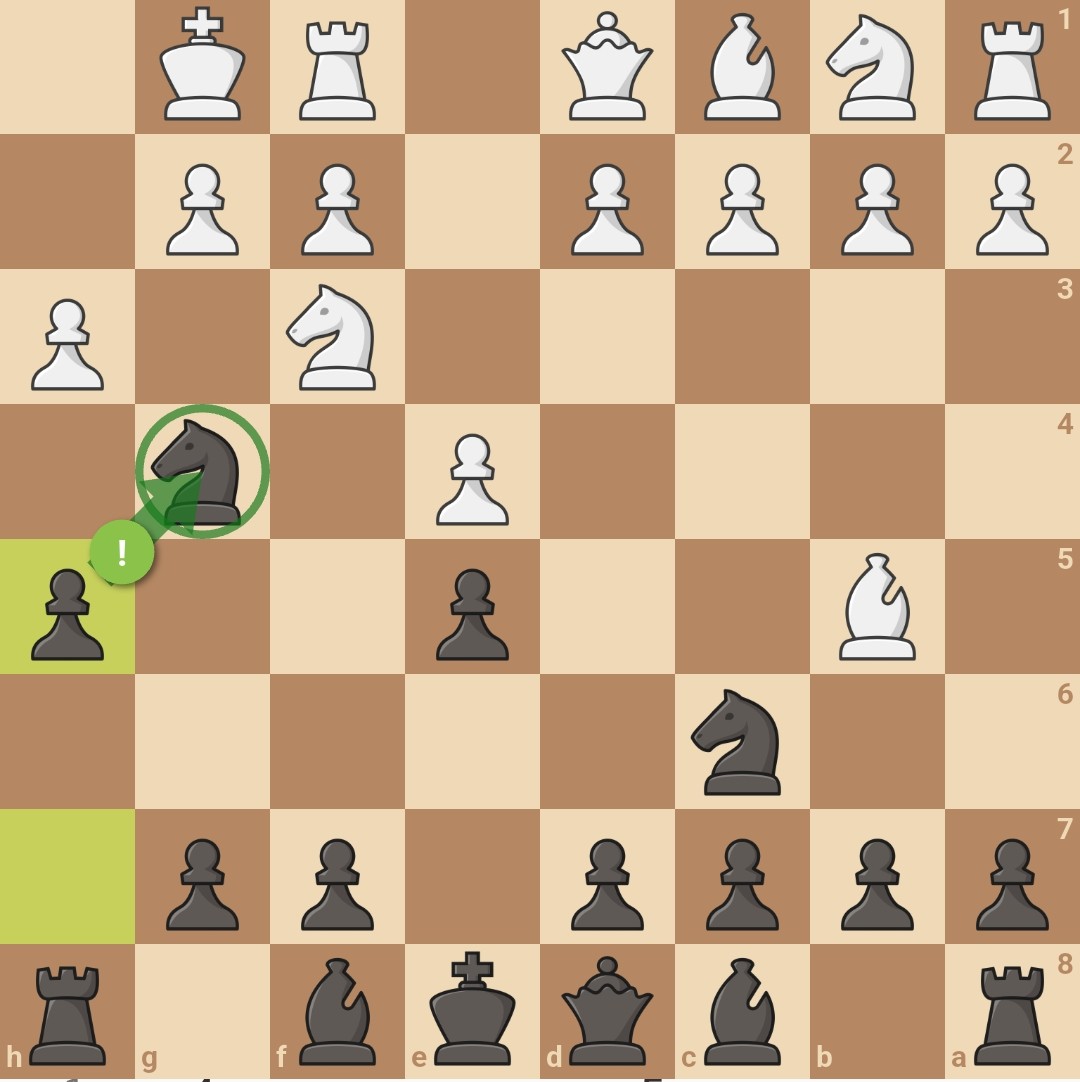
Now, the dilemma: what to do as a white?
- If 6. hxg4? hxg4, black attacks the white knight, and on retreating. Black can play Qh4, threatening mate on h1.
- And if White decides not to capture, the kingside is significantly weakened, with Black having serious attacking chances.
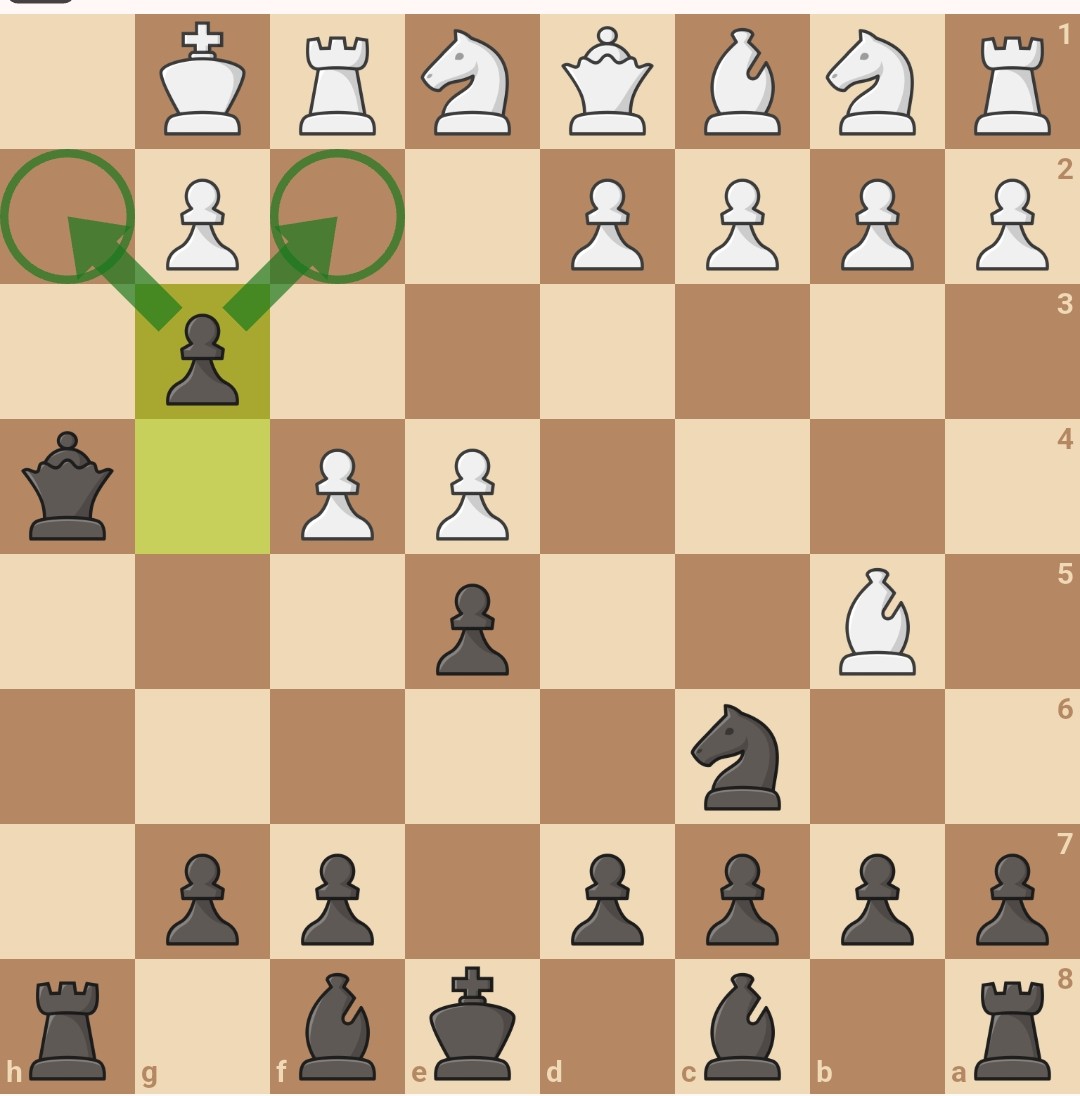
Why this Trap works
- White plays mechanically (h3) to kick away Black’s knight. This seems natural, especially in Blitz games.
- The h5 thrust is entirely unexpected, and many players blunder by taking the knight.
The Mortimer Trap
The Mortimer Trap is a sneaky tactical idea hidden in the Cozio Defense of the Ruy Lopez.
In contrast to many sharp traps, it might not lead to an immediate checkmate or a flashy material win.
Instead, it lures whites into a false sense of control before seizing over the position.
Moves Leading into the Trap
- e4 e5
- Nf3 Nc6
- Bb5 Nf6
- d3 Ne7
Ne7 marks the Mortimer Defense as Black moves the knight to e7 instead of mainlines …a6 or Nf6. This move appears clumsy since the f8 Bishop is blocked.
Naturally, most white players capture the free pawn on e5
- Nxe5 c6
- Nc4 d6
- Ba4 b5
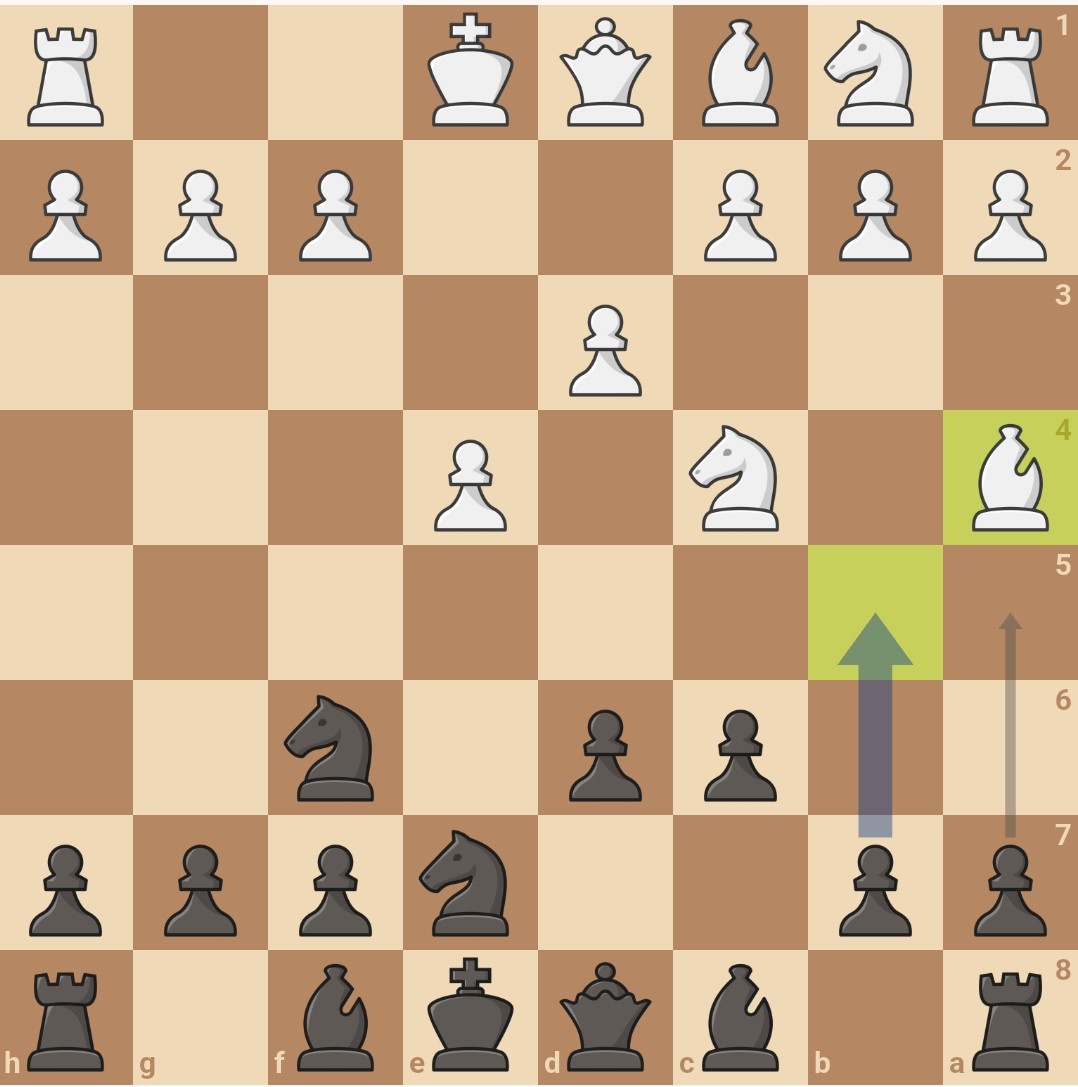
Black wins a piece.
Why it works
- Psychology – White underestimates Ne7, thinking it is a mistake, and rushes to punish it.
- Tempo Play: Who doesn’t like a free pawn, especially when it doesn’t appear like there is an immediate danger to capturing it?
The Noah’s Ark trap
Possibly the most famous trap in the Ruy Lopez, the Noah’s ark Trap shows why the white player shouldn’t be greedy. Of course, Noah’s Ark trap can be reached by different variations other than the one shown here, making it somewhat of a concept rather than a precise variation.
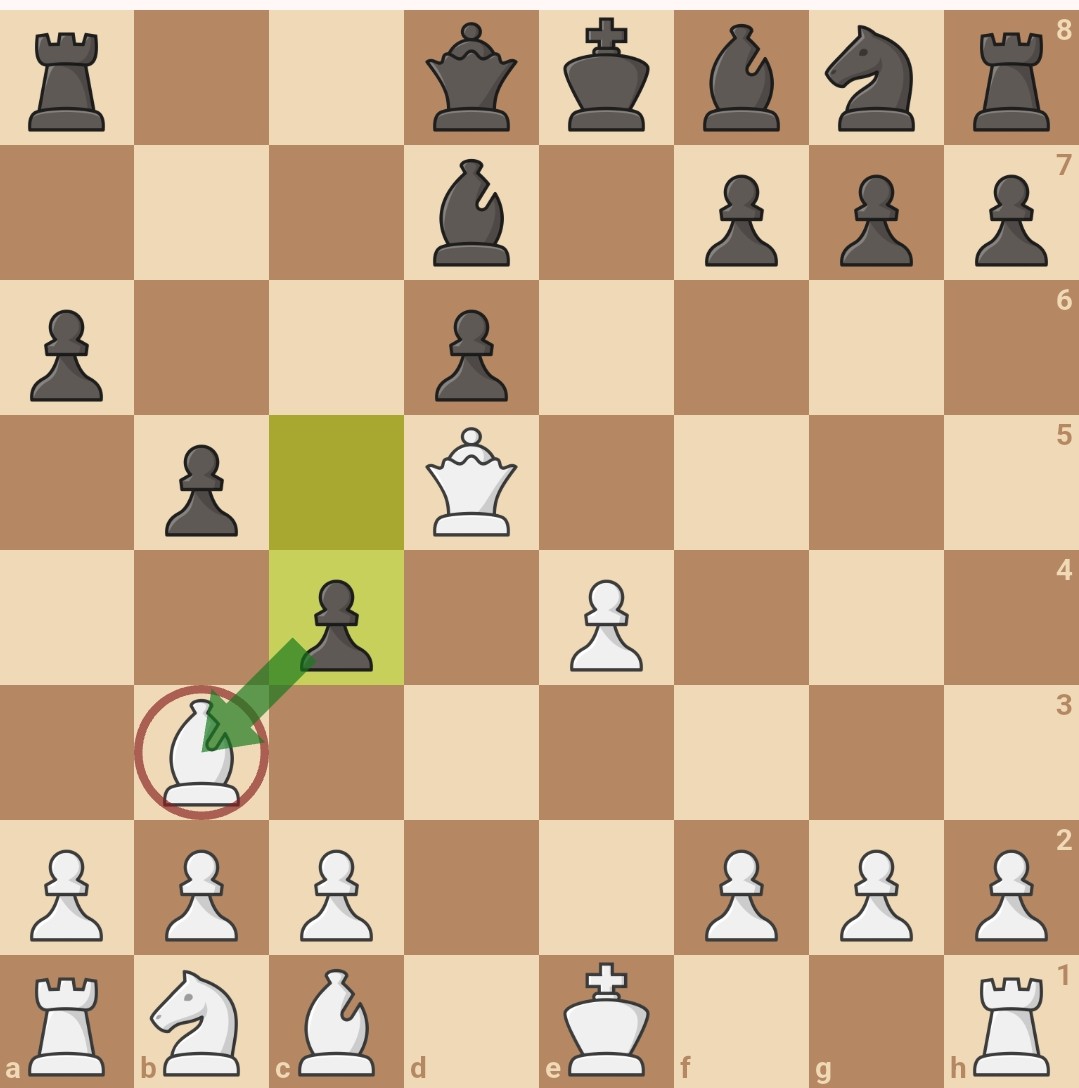
Black uses pawn pushes (…a6, …b5, …c5, …c4) to trap White’s bishop on b3. The name comes from the pawn formation that “cages” the bishop, resembling the sides of an ark.
Moves Leading into the Trap
- e4 e5
- Nf3 Nc6
- Bb5 a6
- Ba4 d6
- d4?! b5
- Bb3 Nxd4!
- Nxd4 exd4
At this point, Black is already up by a pawn. White has to be careful.
- Qxd4??
Trying to win back material
8… c5!
Now the queen is under attack, and once it moves, the bishop on b3 will be trapped,
It can’t be saved, and white is busted as c4 comes next.
Why these Traps are Relevant today
Although open theory has evolved immensely, traps like this still catch players at all levels of play because of the following reasons:
- Human Psychology: In actual games, players usually underestimate unusual moves. A move like Ne7 in the Mortimer Trap looks illogical, which makes the opponent overconfident and subsequently careless.
- Greed: Chess players love to grab pawns and win materials. Traps exploit this instinct.
How to Protect Yourself from Falling into Ruy Lopez Traps
- Know the theory: A basic understanding of Ruy Lopez’s main lines prevents you from drifting into dangerous sidelines where traps often lie.
- Don’t chase pieces mindlessly: Moves like h3 or d4 should be calculated carefully, especially when castled.
- Respect your opponent’s resources: If something appears too easy (such as winning a bishop on b5 or capturing a pawn), double-check for hidden tactics. Don’t assume an immediate blunder.
- Develop with purpose. Most traps punish early queen moves or delaying castling. Stick to sound development.
Final Words
Having seen that the Ruy Lopez is not just a positional opening, but one filled with tactical landmines.
By studying these traps, you don’t just learn to score quick wins. You learn to avoid falling into them. So the next time you play the Ruy Lopez, keep an eye out and save yourself an embarrassing chess moment.
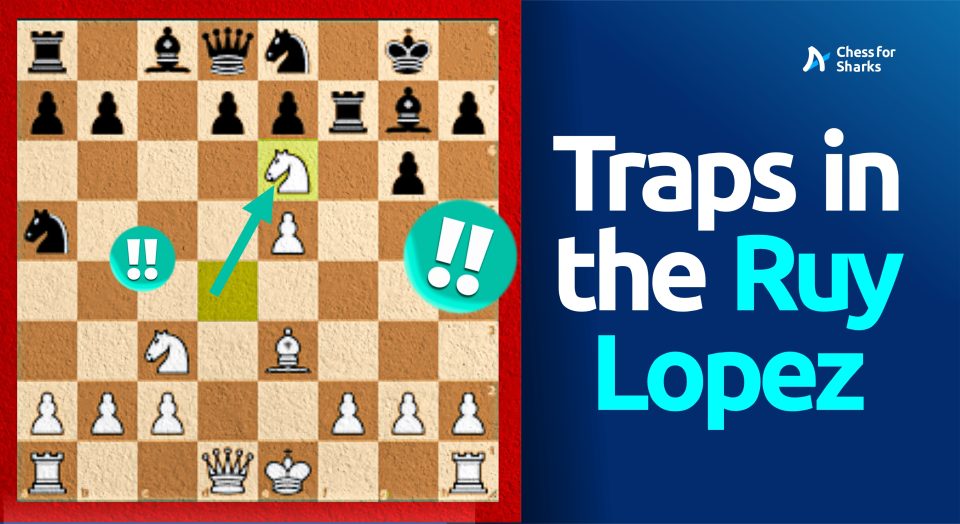


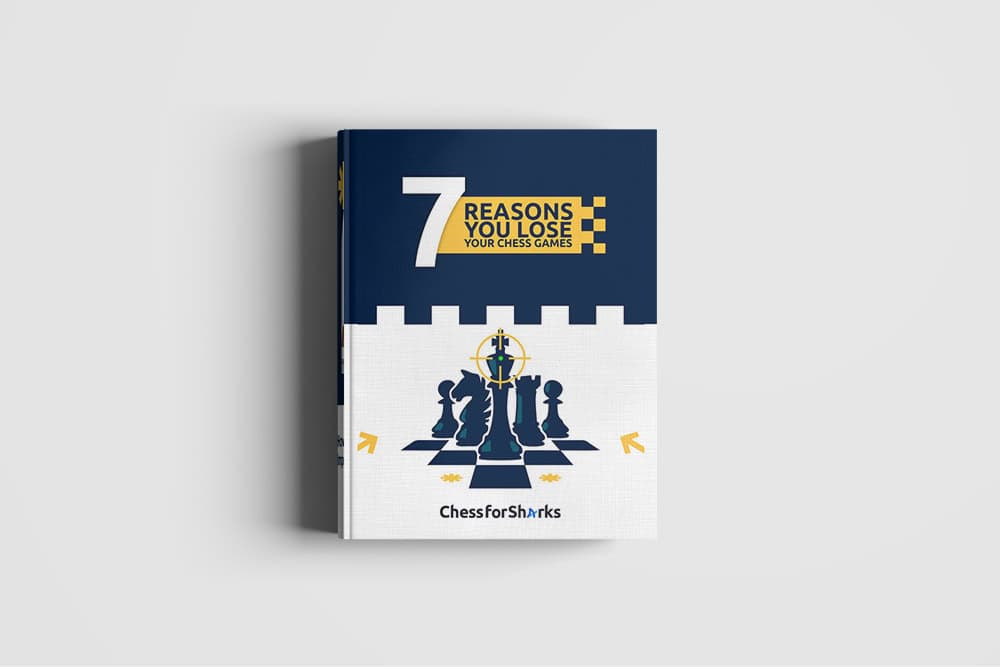
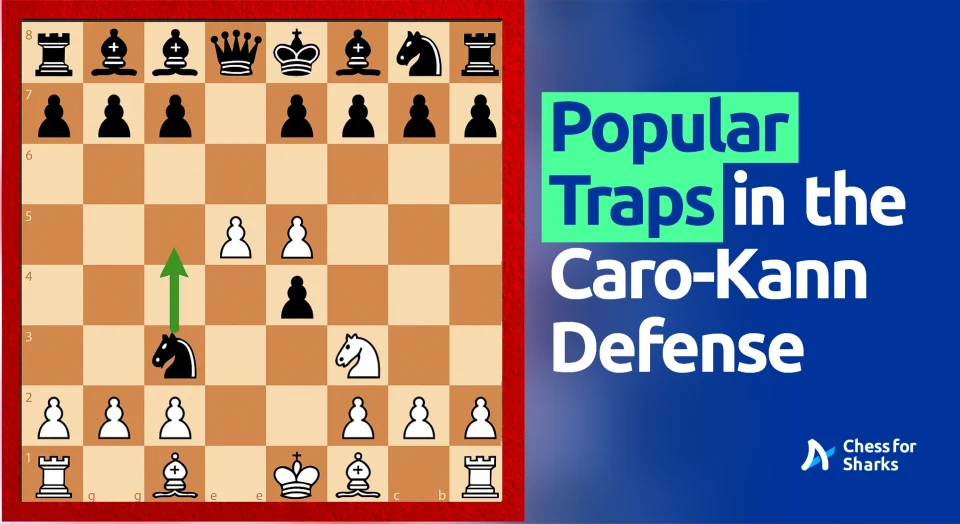
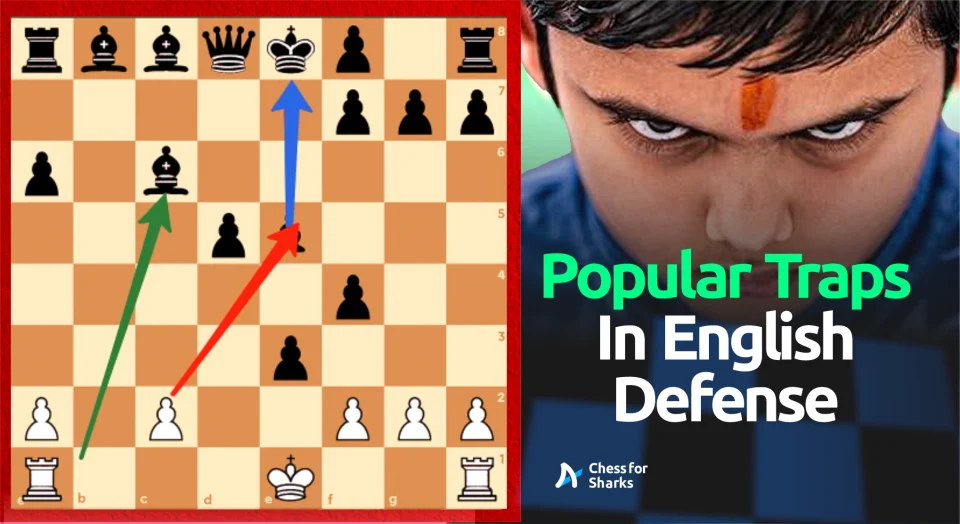
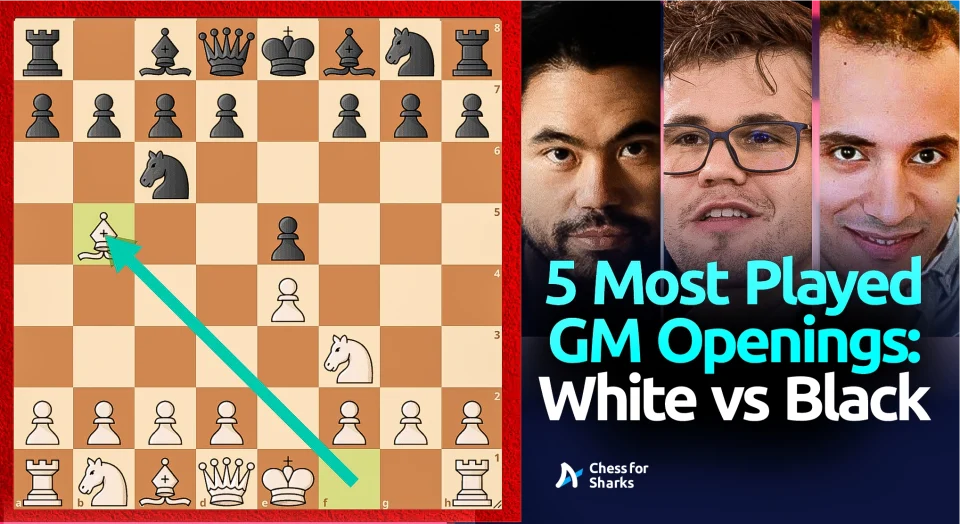
join the conversation